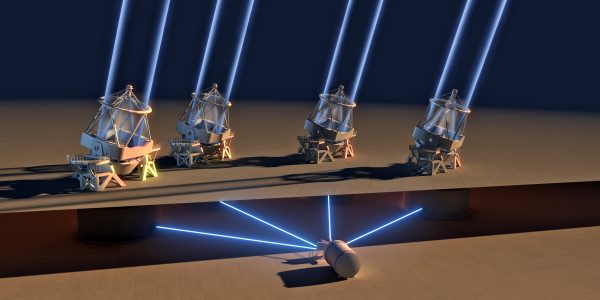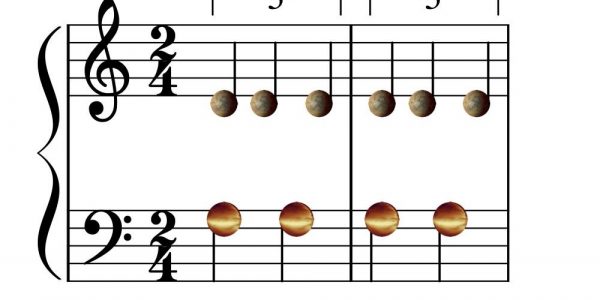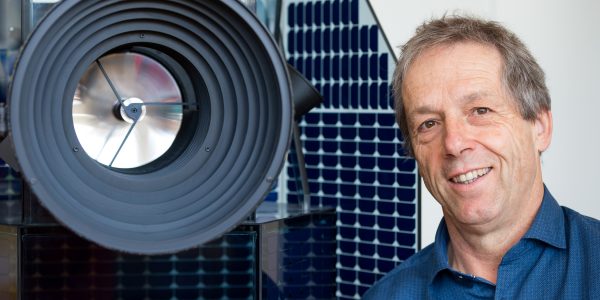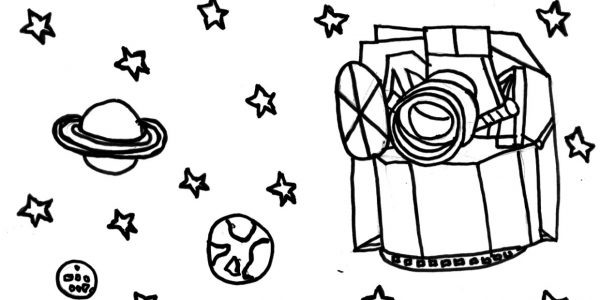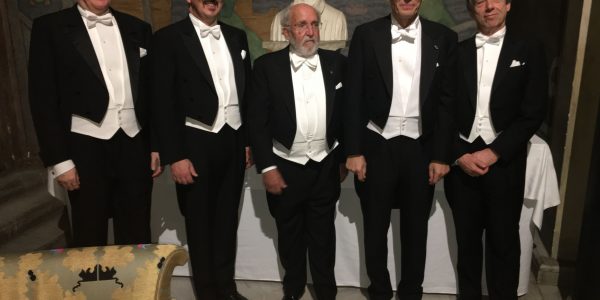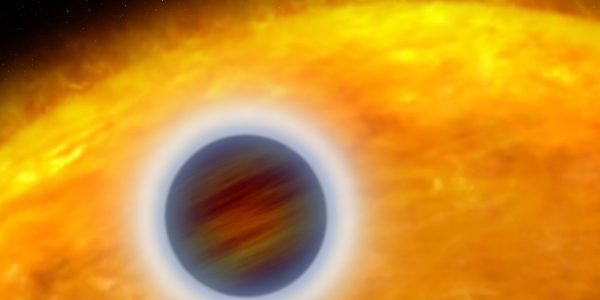Author Archive
ESPRESSO confirms the existence of an exo-Earth 4 light-years away
An international team of experts, including researchers from the NCCR PlanetS, has confirmed the existence of the Proxima b extrasolar planet using measurements from the Swiss-built ESPRESSO spectrograph. The existence of a planet the size of Earth around the closest star in the solar system, Proxima Centauri, has been confirmed by an international team of scientists […]
Continue ReadingSix planets (almost) in rythm
An international team lead by researchers of PlanetS and the University of Geneva has discovered a six-planets system. Almost visible to the naked eye in the Draco constellation, the star HD 158259 has been observed for the last seven years by astronomers using the SOPHIE spectrograph. This instrument, installed at the Haute-Provence Observatory in the […]
Continue ReadingEditorial
Living in the days of the Coronavirus is not easy. As many aspects of society shut down in an effort to slow down the progression of the virus, it is difficult to maintain scientific activities. No lectures or colloquia anymore, conferences and schools are cancelled, observatories are restricting operations… Business as usual is no more. […]
Continue ReadingCHEOPS first check-up
After months of uncertainty about the launch date of the CHEOPS satellite, the launch date was finally set for December 17, 2019. A delegation from the Universities of Bern and Geneva were on hand on the scheduled date to attend this unique event in Swiss space history. Although the launch was delayed by 24 hours […]
Continue Reading“I’ve always had a huge interest in exoplanet research.”
In response to an invitation from Willy Benz, Catherine Cesarsky has accepted to become a member of the NCCR PlanetS Advisory Board, joining Brian Schmidt and Michel Mayor. After completing her schooling and physics studies in Buenos Aires, Catherine Cesarsky flew to Harvard for a PhD on cosmic rays. This was the beginning of a […]
Continue ReadingThey changed our conception of the world, no less !
This year’s Laureates have transformed our ideas about the cosmos. While James Peebles’ theoretical discoveries contributed to our understanding of how the universe evolved after the Big Bang, Michel Mayor and Didier Queloz explored our cosmic neighbourhoods on the hunt for unknown planets. Their discoveries have forever changed our con-ceptions of the world. With […]
Continue ReadingNIRPS front-end installed at La Silla
The NIRPS spectrograph front end has been successfully installed on the ESO 3.6m telescope at the La Silla Observatory. NIRPS, often referred to as the “red arm” of HARPS, is a high-resolution spectrograph operating in the near-infrared. The main objective of NIRPS is to use the radial velocity method to detect and characterize planets orbiting […]
Continue ReadingIron rain on an exoplanet
Thanks to a new instrument conceived by the University of Geneva (UNIGE), Switzerland, and set at the Very Large Telescope (VLT) of the European Southern Observatory (ESO), an international team of researchers, led by UNIGE and members of the NCCR PlanetS, has observed a planet featuring iron rains. This giant exoplanet has an ultra-hot day […]
Continue ReadingMembers of PlanetS rewarded
Pierre Bratschi, Chantal Taçoy and Piero Pontelandolfo receive the “Making a Difference” prize awarded by Geneva Tourism and the Convention Centre Office. In September 2019, the NCCR PlanetS organized, on the fringe of the EPSC-DPS Congress on exoplanets, an exhibition on the Plaine de Plainpalais in the center of the town presenting to the public […]
Continue ReadingGive a name to an exoplanet
What name would you give to an exoplanet and its star several tens of light years away? To celebrate its 100th anniversary, the IAU (International Astronomical Union) proposed to all member countries to ask their people to give a name to a star and its planet. It therefore chose a star orbited by a planet […]
Continue Reading
